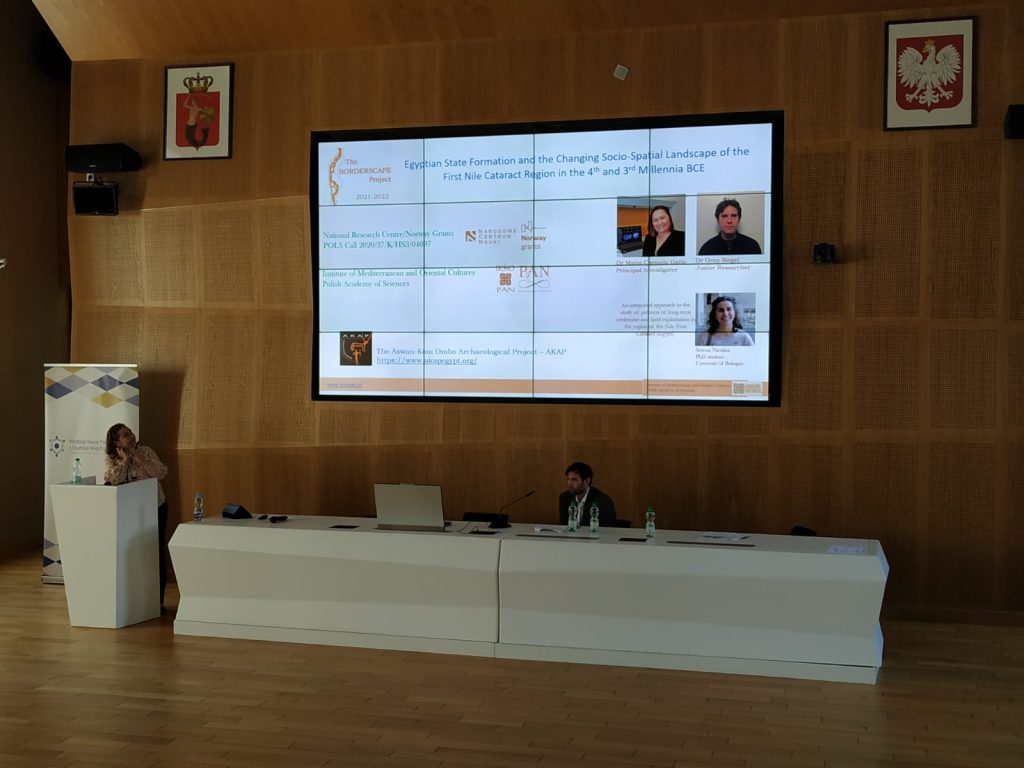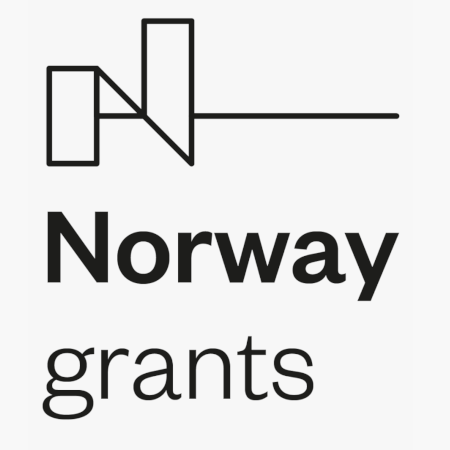After our blog’s summer hiatus, it is great to have the occasion to write about our wonderful experiences at the 15th International Conference for Nubian Studies in Warsaw. It was a really exceptionally well organized event, and a wonderful setting to reconnect with old friends. From thought-provoking keynote lectures to the fantastic banquet near the end of the event, we had a fantastic time, and we are indebted to our colleagues at the Polish Center for Mediterranean Archaeology for hosting such a great conference.
Overall, we were very pleased that our Borderscapes of the Nubian World session was an important part of the conference, running all day long on Wednesday, August 31st. Beyond our own presentations on some of the progress made by The Borderscape Project and on monumental walls systems near the 1st and 2nd cataracts, there were a variety of incredible presentations discussing ceramics, mortuary practices, recent fieldwork, and specific sites—and spanning in time from 4th millennium BCE to the present. We are especially grateful to all of the presenters and to our colleagues who attended the session. In both our session and throughout the conference, it was inspiring to hear the latest research from scholars across the world—from its initial, humbler beginnings 50 years ago, the Society for Nubian studies has become a truly global phenomenon. We at the Borderscape Project were thrilled to contribute—all the more so since the conference venues were only a short walk from our offices at the Polish Academy of Sciences!

Future posts on the blog will delve into some of the work that we presented at the conference, though we will probably be moving to a once every two weeks (roughly) format for our blog posts, given the upcoming field season in October-December. In our next post, we will be discussing some of our challenges in georeferencing certain maps of Lower Nubia—and why this remains a focus of our project!
